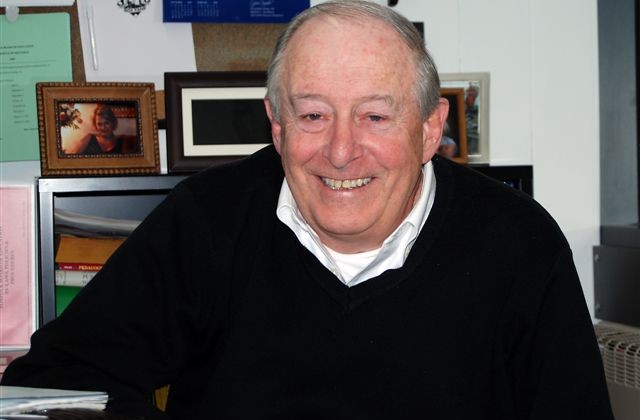Board of Education Struggles to Keep Spending Flat
Botelle Principal Proposes New Technology Initiative
By Wiley Wood
The word went out strongly from Board of Finance Chairman Michael Sconyers this fall that there would be no budget increase in the coming fiscal year. The message was conveyed to the Board of Selectmen, who prepare the town budget, to the Norfolk Volunteer Fire Department, who contribute a section to that budget, and to the Board of Education, whose school budget is the town’s largest single expenditure.
At their regular meeting on January 22, the Norfolk Board of Ed wrestled with the perplexities of Sconyers’s read-my-lips directive. Before them was the first draft of next year’s budget, prepared by School Superintendant George Counter. Setting aside almost every enrichment program the board might want and level-filling most items, the budget still came out almost $130,000 higher than last year, for a 4.7 percent increase. In many cases the cost of services has gone up.
Last year the Board of Finance issued a similar request for a flat budget, and teachers were asked to take a 0 increase in their salaries. This year, their contracts entitle them to a 2.4 percent bump in salary. While the increase is modest, it swells the bottom line considerably when spread over seven full-time classroom positions.
Medical benefits will jump $55,000 next year. A new insurance provider was contracted last year—largely because it underbid its rivals. This year, that provider announced an 11% increase in the cost of coverage so as to offset expected losses from the Affordable Care Act. The contract is one the Board of Ed cannot revisit until another year has passed.
Then there is the $67,000 the school expects to pay for heating oil, up 21 percent. And the costs for special education have ballooned even more, another non-discretionary item.
Meanwhile, Principal Peter Michelsen is eager to see his students exploit digital technologies in the classroom. He would like to phase out his computer lab with its ponderous desktop computers and bring laptops and tablets into everyday use. Students in the upper grades would be allowed to bring their own devices to class, and those without them would be supplied a tablet by the school.
When Michelsen took a poll of fifth and sixth graders, he was surprised to learn that almost every one of them owned a device of some sort already. “We don’t need to teach our children how to use iPads, any more than we need to teach them how to use a crayon,” said Michelsen. The task is to harness the resources of a personal device toward productive classroom work.
On the budget, Michelsen’s technology initiative appears as a $10,000 line item, mostly to cover the cost of 20 tablets to be shared by the students of grades K-3. A plan to increase the length of the school day by 20 minutes accounts for another $10,000 increase. But a possible extension of the pre-K program from three to five mornings a week—a change expected to be particularly attractive to younger families—could be effected at no extra cost, thanks to a reshuffling of personnel.
Despite scrimping on necessities—the cost of textbooks has stayed flat, that of the school nurse has gone down—and trimming new programs to a bare minimum, the budget is still too high.
“You have your homework assignment for next time,” said Superintendant Counter in closing the meeting. “Find $129,368 in cuts.”
The Board of Education will present its final budget at a public hearing in March. The annual town meeting is in April.
Photo of Norfolk’s School Superintendant George Counter courtesy of Botelle School.

